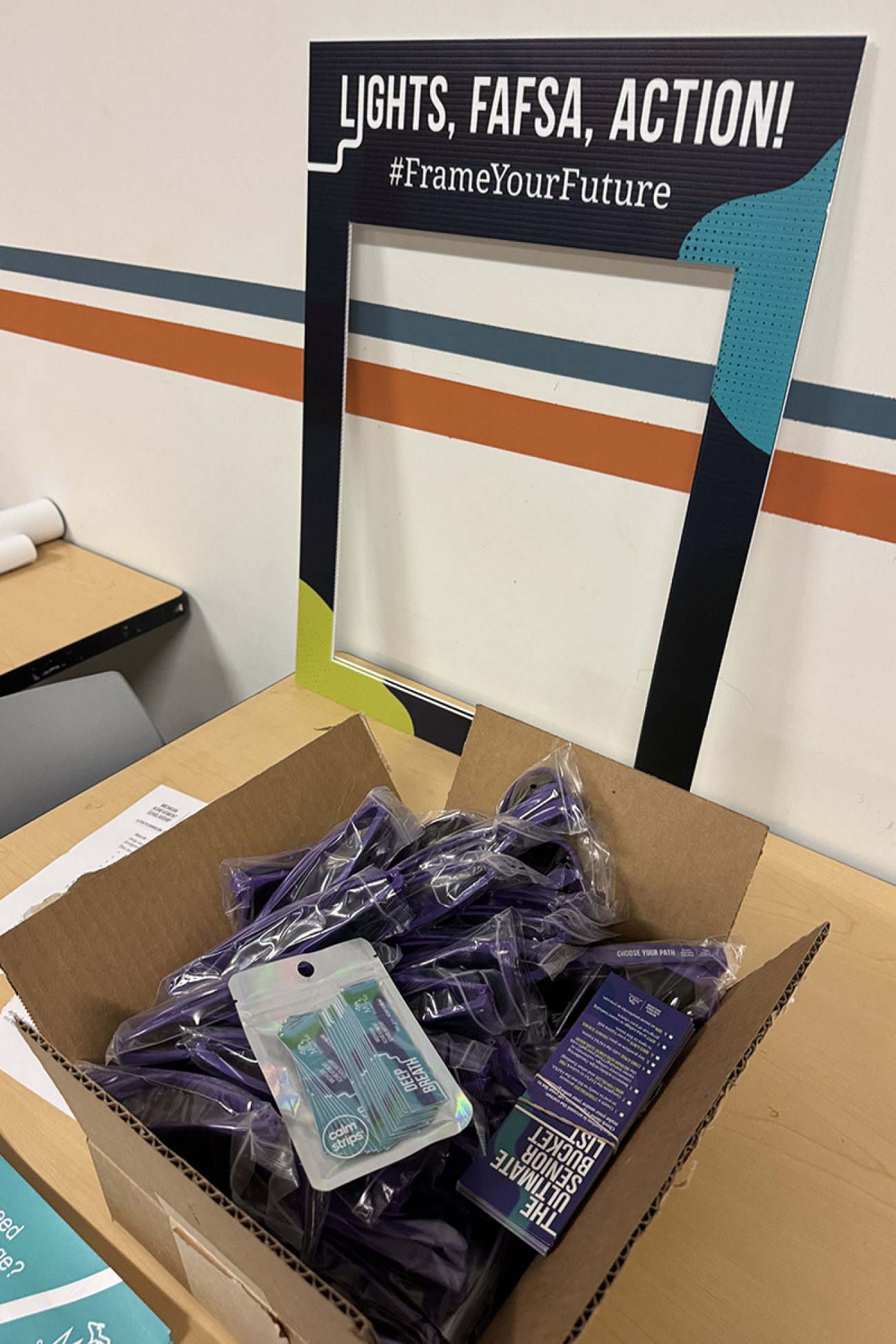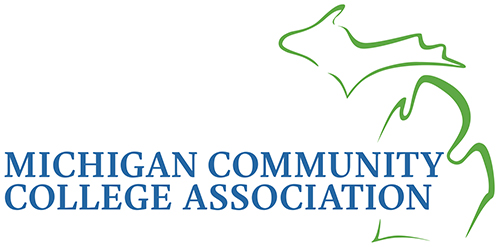Whitmer wants more men in Michigan colleges and job training. What to know

- Gov. Gretchen Whitmer is ordering state offices to increase outreach on college aid and skills training programs
- The state has invested millions in lowering student costs but more women than men are using them
- Michigan’s gender gap in college mirrors national trends
Governor Gretchen Whitmer signed an executive directive Thursday aimed at increasing the number of men pursuing college or job training, lowering a persistent gap that has widened in recent years.
Whitmer said it’s “critical” that the state reach out to populations who are underrepresented in the various state programs aimed at boosting postsecondary enrollment.
The state spent roughly $375.4 million in the 2023-2024 school year to support students in all state-funded aid programs administered by the Michigan Department of Lifelong Education, Advancement, and Potential, according to a recent state report. These funds were used for 117,336 students.
“These programs provide pathways to good-paying jobs, enable economic mobility, support family formation, and capitalize on Michigan’s greatest strength: its people,” Whitmer said. “We are working for shared prosperity, and that means finding ways to ensure all Michiganders have the tools they need to take advantage of increasing opportunity in our state.”
Whitmer has set a goal of getting 60% of Michigan working age adults with skills certificate or college degree by 2030. The state currently sits at 51.8%.
Related:
- In debt and in limbo: Uncertain times for student-loan borrowers in Michigan
- Michigan community colleges want to lure male students. Bass fishing anyone?
- Michigan spent millions lowering college costs. Enrollment has barely budged
Despite the state’s efforts, some programs aimed at boosting enrollment have lagged in attracting male participants in particular. In the Michigan Reconnect program, which pays for adults to attend community college tuition-free or heavily discounted, there is a gap between men and women.
Whitmer said 67% of Michigan Reconnect enrollees were women in 2024. Also, 72% of degree or certificate earners from that program are women.
What does the Whitmer order actually do?
The order directs the Michigan Department of Lifelong Education, Advancement, and Potential (MiLEAP) and the Department of Labor and Economic Opportunity (LEO) to review their job training and college programming and how they promote them.
These departments administer state scholarships and career training programs.
“Where there are discrepancies in participation rates among communities, MiLEAP and LEO must work to reach communities who are underrepresented in job training and post-secondary education and ensure that members of those communities are aware of and have access to the available opportunities,” the directive states.
Here is the issue at a glance.
For years, men have been less likely to enroll in college, across all racial and ethnic groups. But in most cases, the gender gap widened in recent years, especially at four-year schools.
In the class of 2024, 42.3% of female high school grads went on to enroll in a four-year school, compared to 31.5% of males, according to a Bridge analysis. That 10.8 percentage-point difference is up from a 9-point gap in 2019.
Experts have said more males are choosing work over college and are able to earn more money, on average, than women without a college degree. But college grads make, on average, more than someone without a college degree, data shows.
People with college degrees tend to make more over their lifetime than those who only completed high school, plus college completers have better health outcomes.
Michiganders with bachelor’s degrees earn a median wage of $63,100 five years after graduation, while those with high school diplomas earn a median wage of $29,700, according to state data. That’s a $33,400 gap.
Michigan community colleges are aiming to recruit young men through athletic programs.
Across the country, some colleges are promoting specific sporting or recreation programs or adding sports teams, NPR reports.
At the University of Vermont, leaders launched an entrepreneurship competition with a full-tuition scholarship for the winner. Leaders thought entrepreneurship programs could increase high school male interest in college, according to the Hechinger Report, a nonprofit news organization focused on education.
Wait, I thought Michigan community college was free?
Michigan has several programs to make college more affordable or in some cases, free.
The Michigan Achievement Scholarship helps high school graduates from the class of 2023 onward attend a community college, independent nonprofit school or public four-year university. It provides up to $5,500 a school year for full-time students whose families meet certain income thresholds
Starting with the class of 2024, students regardless of family income can qualify for tuition-free in-district community college.
Students who do not live in an area with a local community college will have to pay the difference between the in-district cost and out-of-district cost.
State leaders approved this scholarship in 2022.
The state also has the Michigan Reconnect program, which pays for adults 25 and older to get tuition-free in-district community college tuition. This program is for adults who do not have a college degree. The program was temporarily expanded to include people as young as 21 year olds. That expansion ended at the end of 2024 but those 21-24 already enrolled can continue in the program.
Michigan launched this program in 2021.
The state also offers the Michigan Achievement Skills Scholarship, which pays up to $2,000 a year for two years for skills training.
You can see the full list of state scholarships and grant opportunities here.
K-12 school districts can also offer high school students the option to take dual enrollment courses that count as high school credit and college credit. Michigan Republicans are proposing that trade schools be allowed to participate in the program as well.
What is Michigan doing to address the gender gap?
Although Michigan leaders have reduced some cost barriers for college and skills training, Whitmer’s directive signals more can be done to increase peoples’ awareness of the available programs.
State leaders set aside $10 million for MiLEAP to market the Michigan Achievement Scholarship in the current state budget. MiLEAP officials said Thursday there is also $2.3 million to promote Michigan Reconnect and $980,000 to promote FAFSA.

Michelle Richard, deputy director of higher education at MiLEAP, recently told Bridge the department is taking steps to increase residents’ awareness of the programs.
She told Bridge last month MiLEAP is encouraging students to complete the Free Application for Federal Student Aid (FAFSA), which is the key form that determines eligibility for the Michigan Achievement Scholarship.
She said MiLEAP has mailed promotional materials on FAFSA completion to school counselors.
The state also has billboards promoting its scholarship opportunities.
Ryan Fewins-Bliss, executive director of the Michigan College Access Network, which works to increase the number of students enrolling in college, told Bridge his organization will work with MiLEAP to research why men are not choosing to go to college.
Bridge reporter Mike Wilkinson contributed.
Michigan Education Watch
Michigan Education Watch is made possible by generous financial support from:
Subscribe to Michigan Education Watch
See what new members are saying about why they donated to Bridge Michigan:
- “In order for this information to be accurate and unbiased it must be underwritten by its readers, not by special interests.” - Larry S.
- “Not many other media sources report on the topics Bridge does.” - Susan B.
- “Your journalism is outstanding and rare these days.” - Mark S.
If you want to ensure the future of nonpartisan, nonprofit Michigan journalism, please become a member today. You, too, will be asked why you donated and maybe we'll feature your quote next time!






